
Horse
Horse
Horse
Horses have gentle eyes and their running figure is cool and exciting to watch. They are animals that can be found in many places, such as zoos, where you can experience horseback riding or touch them. However, there are still many things that we don’t know about horses. What are the secrets of their bodies? Can I understand how horses feel? Let’s learn more about horses and become friends with them!
Horse Basic Infomation
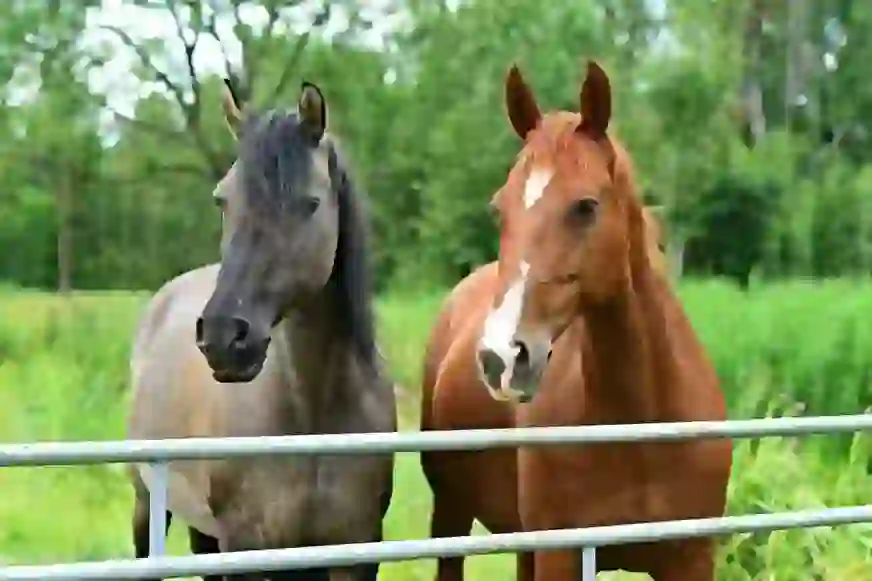
Perissodactyla, Equidae, Horse genus, E. ferus, E. f. caballus.
Length: 80-180cm, weight: 100g-1000kg. Scientific name Equus caballus. Horses are said to be native to North America, but the wild species in North America became extinct thousands of years ago. There is also a theory that the "Tarpan," which lived in southeastern Europe, was domesticated.
Horses have been kept as livestock in Central Asia, the Middle East, North Africa, and other regions since ancient times. Both wild and domestic horses tend to form herds. They have also been used for food, transportation (pack horses), agriculture (plow horses), riding (riding horses), military purposes (war horses/cavalry), and sports (sport horses).
Horses are classified as a single genus, but there are 400 breeds within that genus. They are used for various purposes, including riding, carriage horses, and racing horses. They come in various sizes, from large to small. There are over 200 classification methods for horses, but in Japan, they are often divided into four categories: heavy breeds, intermediate breeds, light breeds, and Japanese native breeds. Let’s include small ponies in this explanation.
【Heavy species.】Weight: about 800-1000kg. A horse that cannot run fast but has power. It is mainly used as a horse that plows fields, pulls carts, and carries luggage. Breeds include Percheron, Shire, and Breton. ・Percheron. Native to Normandy, France. A horse with a gentle personality but strong power. It is mainly used as a horse that pulls carts, performs in horse shows, and carries luggage. In Japan, it is also used for transporting wood in forests, in Ban’ei horse racing in Hokkaido, and in parades at Disneyland.
【Intermediate species.】 A horse that is intermediate between a light and heavy breed. It is often used as a riding horse or for equestrian competitions because it is gentle and obedient. Breeds include the Quarter Horse, Appaloosa, Westphalian, and others. ・Appaloosa. Native to the Northwest of the United States. A horse with spotted patterns on its body, which are divided into various types based on coat color and pattern, such as Leopard, Blanket, Snowflake, and Marble. It is used for various purposes such as dressage, cross-country, circus, and Western movie due to its obedient and intelligent nature.
【Light species.】Weight: about 400-500kg. A horse with a slender body type, high athletic ability, and capable of running very fast. It is mainly used for horse racing and riding. Breeds include Thoroughbred, Arabian, Anglo-Arabian, and others. ・Thoroughbred. Native to England. A breed that was improved for racing purposes in the early 18th century. It has a small head, long limbs, and well-developed chest and hip muscles, making it suitable for running fast. However, it has a delicate physical and mental nature, such as being prone to injury and being sensitive to noise and flashes. It is used for horse racing, riding, polo, and other purposes.
【Pony (horses with a height of 147 cm or less)】Weight: 30-400kg. A horse with a gentle personality but strong power. It is mainly used as a riding horse, for polo competitions, children’s riding, and as a pet. Breeds include Hokkaido Washu (Dosanko), Haflinger, Shetland Pony, Favela, Miniature Horse, and others. ・Favela. Native to Argentina. A breed that was improved from the Shetland pony and has a height of about 70 cm. There are also small ones like dogs with a height of 40 cm when they are adults. Although they are small, they have the characteristics and physique ratio of horses, and are popular as pets even though they cannot be ridden.
【Japan native horses】Weight: 250-500g. Many of the intermediate and heavy breeds of native Japanese horses have become extinct, and now there are eight small horse breeds (Hokkaido Washu, Kiso horse, Noma horse, Misaki horse, Taishu horse, Tokara horse, Miyako horse, and Yonaguni horse). Six of them (Kiso horse, Noma horse, Misaki horse, Tokara horse, Miyako horse, and Yonaguni horse) are designated as natural monuments. ・Hokkaido Washu (Dosanko). A breed of native Japanese horses that is mainly bred in Hokkaido. It is a working horse brought to Japan by the Yamato people from Honshu during the Kamakura period, and its ancestor is the Nanbu horse. It is used for horse riding, horse trekking, yabusame, horse therapy, etc., because it has a strong and robust physique and a gentle personality.
Horses have long necks and heads, and long limbs. Odd-toed ungulates have a third toe on each leg, while the other toes are degenerated. They have well-developed hooves on their legs, which allow them to run on hard ground.
The mane growing from the head to the upper part of the neck and the tail are long, but the hair all over the body is short. Horses are gentle and kind animals, but they also have a cowardly and sensitive personality. Horses’ eyes are located on both sides of their faces, giving them a wide field of vision of about 350 degrees, allowing them to see different things on their left and right sides. This is said to have been useful when horses were wild and needed to escape from predators.
However, the range that they can see with both eyes is narrow, so things nearby appear blurry, and they are not good at grasping distances. They can distinguish colors in the order of yellow, green, and blue, but it is said that they cannot see red. They are also good in dark places and can be active at night.
Horses go into heat every three weeks from early spring to around September. The duration of the heat period varies depending on the season, but it usually lasts an average of 5-6 days, during which they mate. Animals that enter the breeding season in warm weather, like horses, are called “long-day seasonal breeding animals,” and when mating is successful, they give birth to foals in the following year’s warm season. The gestation period is about 335 days, and foals born from one pregnancy are usually one.
Foals stand up about an hour after being born and gradually learn to run. Although foals grow quickly, they live with their mother for about a year in nature. The lifespan of a horse is about 25 years, but some horses live longer than 40 years.
Horse Q&A

Types of horses.
Horses are classified as a single genus, but there are 400 breeds within that genus. They are used for various purposes, including riding, carriage horses, and racing horses. They come in various sizes, from large to small. There are over 200 classification methods for horses, but in Japan, they are often divided into four categories: heavy breeds, intermediate breeds, light breeds, and Japanese native breeds. Let’s include small ponies in this explanation.
【Heavy species.】Weight: about 800-1000kg. A horse that cannot run fast but has power. It is mainly used as a horse that plows fields, pulls carts, and carries luggage. Breeds include Percheron, Shire, and Breton. ・Percheron. Native to Normandy, France. A horse with a gentle personality but strong power. It is mainly used as a horse that pulls carts, performs in horse shows, and carries luggage. In Japan, it is also used for transporting wood in forests, in Ban’ei horse racing in Hokkaido, and in parades at Disneyland.
【Intermediate species.】 A horse that is intermediate between a light and heavy breed. It is often used as a riding horse or for equestrian competitions because it is gentle and obedient. Breeds include the Quarter Horse, Appaloosa, Westphalian, and others. ・Appaloosa. Native to the Northwest of the United States. A horse with spotted patterns on its body, which are divided into various types based on coat color and pattern, such as Leopard, Blanket, Snowflake, and Marble. It is used for various purposes such as dressage, cross-country, circus, and Western movie due to its obedient and intelligent nature.
【Light species.】Weight: about 400-500kg. A horse with a slender body type, high athletic ability, and capable of running very fast. It is mainly used for horse racing and riding. Breeds include Thoroughbred, Arabian, Anglo-Arabian, and others. ・Thoroughbred. Native to England. A breed that was improved for racing purposes in the early 18th century. It has a small head, long limbs, and well-developed chest and hip muscles, making it suitable for running fast. However, it has a delicate physical and mental nature, such as being prone to injury and being sensitive to noise and flashes. It is used for horse racing, riding, polo, and other purposes.
【Pony (horses with a height of 147 cm or less)】Weight: 30-400kg. A horse with a gentle personality but strong power. It is mainly used as a riding horse, for polo competitions, children’s riding, and as a pet. Breeds include Hokkaido Washu (Dosanko), Haflinger, Shetland Pony, Favela, Miniature Horse, and others. ・Favela. Native to Argentina. A breed that was improved from the Shetland pony and has a height of about 70 cm. There are also small ones like dogs with a height of 40 cm when they are adults. Although they are small, they have the characteristics and physique ratio of horses, and are popular as pets even though they cannot be ridden.
【Japan native horses】Weight: 250-500g. Many of the intermediate and heavy breeds of native Japanese horses have become extinct, and now there are eight small horse breeds (Hokkaido Washu, Kiso horse, Noma horse, Misaki horse, Taishu horse, Tokara horse, Miyako horse, and Yonaguni horse). Six of them (Kiso horse, Noma horse, Misaki horse, Tokara horse, Miyako horse, and Yonaguni horse) are designated as natural monuments. ・Hokkaido Washu (Dosanko). A breed of native Japanese horses that is mainly bred in Hokkaido. It is a working horse brought to Japan by the Yamato people from Honshu during the Kamakura period, and its ancestor is the Nanbu horse. It is used for horse riding, horse trekking, yabusame, horse therapy, etc., because it has a strong and robust physique and a gentle personality.

Horse body.
Horses have long necks and heads, and long limbs. Odd-toed ungulates have a third toe on each leg, while the other toes are degenerated. They have well-developed hooves on their legs, which allow them to run on hard ground.
The mane growing from the head to the upper part of the neck and the tail are long, but the hair all over the body is short. Horses are gentle and kind animals, but they also have a cowardly and sensitive personality. Horses’ eyes are located on both sides of their faces, giving them a wide field of vision of about 350 degrees, allowing them to see different things on their left and right sides. This is said to have been useful when horses were wild and needed to escape from predators.
However, the range that they can see with both eyes is narrow, so things nearby appear blurry, and they are not good at grasping distances. They can distinguish colors in the order of yellow, green, and blue, but it is said that they cannot see red. They are also good in dark places and can be active at night.
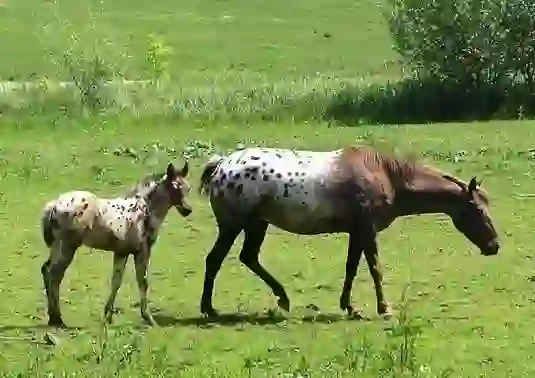
The life of a horse.
Horses go into heat every three weeks from early spring to around September. The duration of the heat period varies depending on the season, but it usually lasts an average of 5-6 days, during which they mate. Animals that enter the breeding season in warm weather, like horses, are called “long-day seasonal breeding animals,” and when mating is successful, they give birth to foals in the following year’s warm season. The gestation period is about 335 days, and foals born from one pregnancy are usually one.
Foals stand up about an hour after being born and gradually learn to run. Although foals grow quickly, they live with their mother for about a year in nature. The lifespan of a horse is about 25 years, but some horses live longer than 40 years.

Q,What is the origin of the horse's name?
In English, it is called “Horse,” but in Japanese, it is called “uma.” So why is it called “uma” in Japanese? Let me introduce you to the origin of the word. “Uma” originates from the Chinese word “馬 (ma).” The kanji character “馬” is a pictogram that represents the shape of a horse when viewed from the side. So why do we call it “uma”? It is said that the initial sound “m” of the Chinese word for horse, “ma,” was emphasized and became “[mma],” which led to the word “uma” in Japanese.

Q, What do horses eat?
Horses eat grass. However, racehorses and others do not get enough nutrition from grass alone, so they are given feed that is easy to digest and has high nutritional value, such as grains (concentrated feed) like wheat and beans, oil cakes, and additives such as calcium and vitamin supplements in addition to green grass and hay (roughage). Horses also love sweet things like carrots, apples, and sugar cubes.
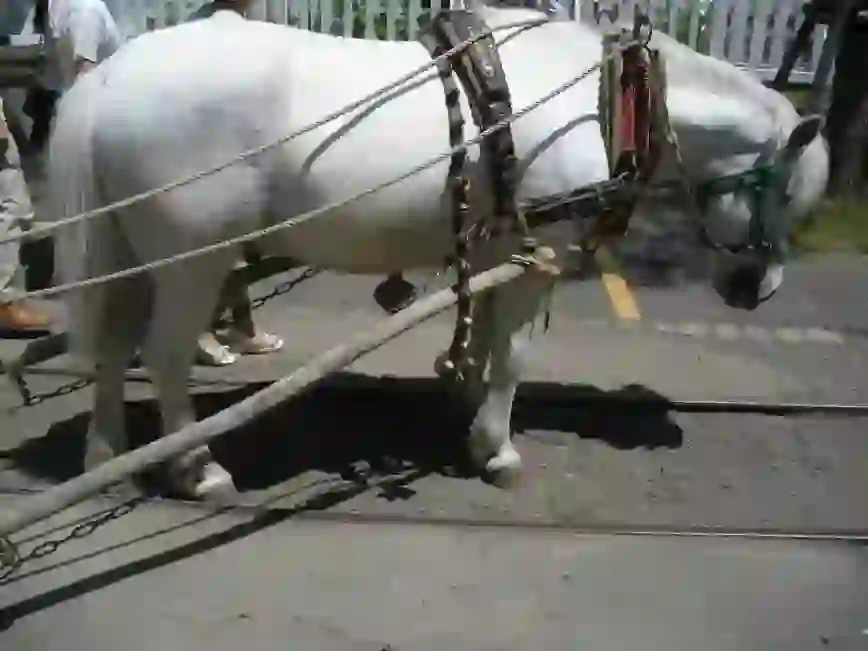
Q,How much food does a horse eat per day?
The amount of food a horse eats varies depending on its size, but taking racehorses such as Thoroughbreds as an example, they consume 12-15 kg of dry feed and 20-40 liters of water per day. Horses use their well-developed incisors to bite food and their molars to grind it. Even-toed ungulates such as sheep and cows (excluding the Suidae subfamily) have multiple stomachs and ruminate (regurgitate and re-chew food), but horses, which are odd-toed ungulates, have only one stomach. However, they can ferment and decompose the fiber in grass using microorganisms that live in their long cecum, which is about 1.2 m long, and well-developed colon.
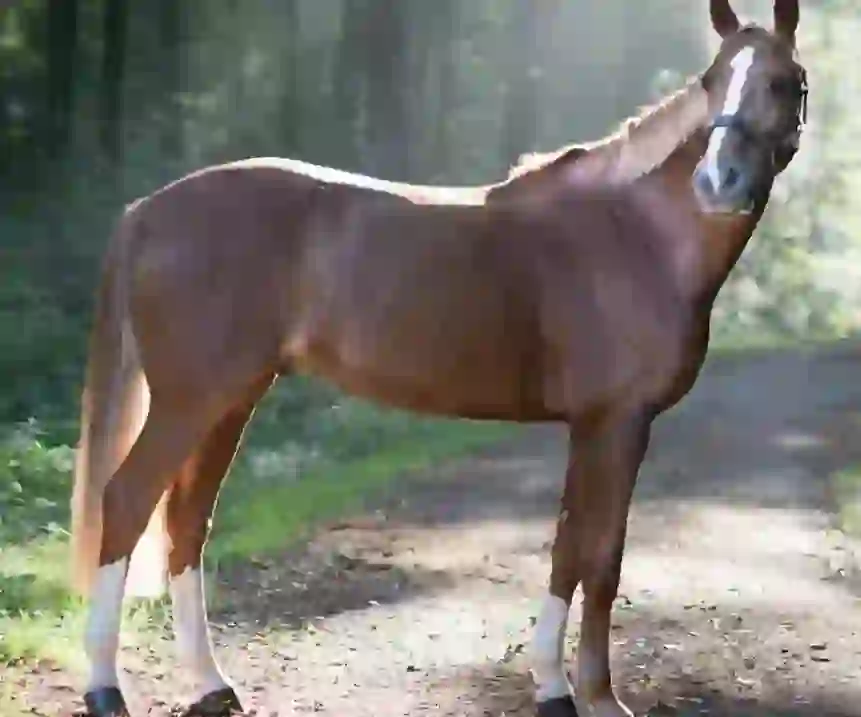
Q,When did horses start to be kept by humans?
Horses and humans have had a deep relationship since ancient times. It is said that the first people to domesticate horses were nomads in Asia about 5,000 years ago. Since then, horses have worked as human partners as draft horses, carriage horses, racehorses, and other roles, becoming an indispensable part of human society.
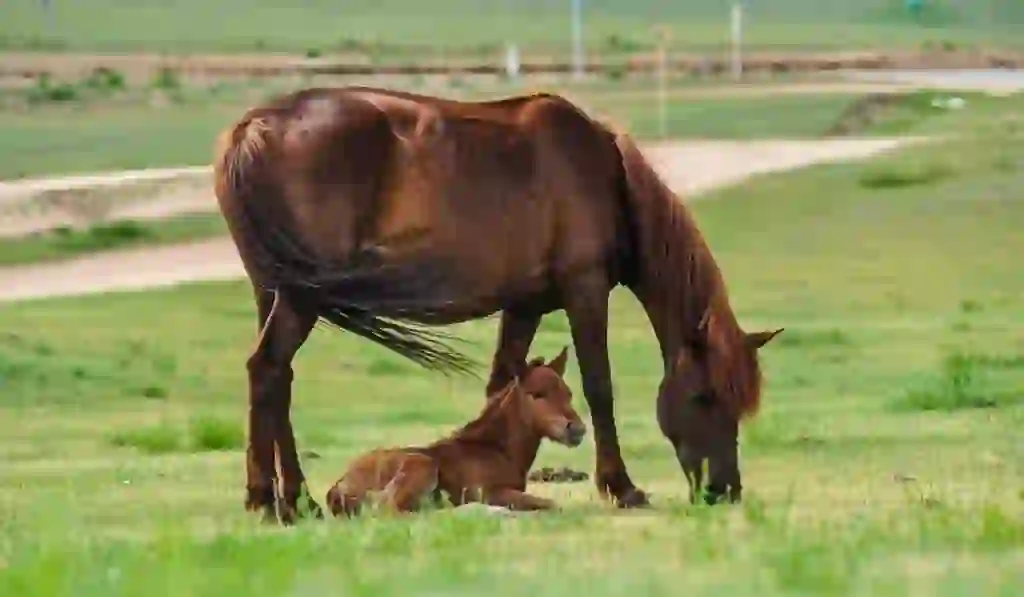
Q,Are there wild horses?
There are no truly wild horses. Horses that are currently referred to as wild breeds are those that have been domesticated and have become feral, such as the Mustang breed in North America and the Misaki horse that inhabits Kyushu. There is also a species of wild horse called Przewalski’s Wild Horse, which once became extinct, but its descendants were sent to zoos around the world before extinction, and planned breeding using these descendants has begun in an attempt to reintroduce them into the wild. Przewalski’s Wild Horse is currently designated as an endangered species.

Q,Is there a zoo where I can meet Przewalski's Wild Horse?
Sure. You can see Przewalski’s Wild Horse at Tama Zoological Park and Chiba Zoological Park in Japan.
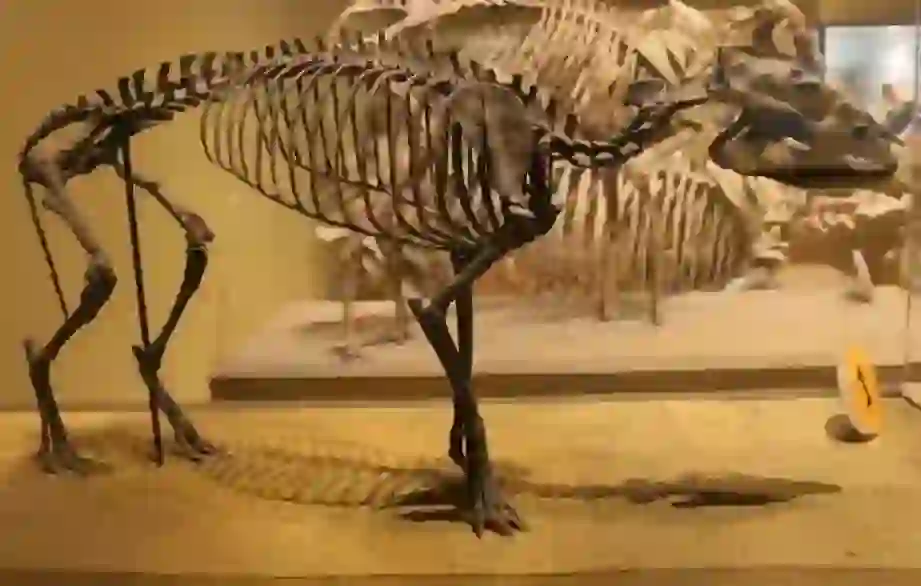
Q,When did the ancestors of horses appear?
The ancestors of horses are believed to have appeared in the early Eocene period more than 50 million years ago. The "Hyracotherium," which is the ancestor of horses and an ungulate, mainly inhabited the forested areas of North America and Europe. Hyracotherium was about 20-30 cm tall, had four toes on its front legs and three toes on its hind legs, but over time, it became larger and the number of toes reduced to one. The direct ancestor of the Equus genus is believed to have appeared 1-2 million years ago. Horses are also depicted in cave paintings from the Paleolithic era, such as those in Lascaux Cave. However, most horses were extinct due to human hunting (for food and fur). After that, around 4000-3000 BC, humans domesticated horses that had survived on the Eurasian continent.

Q,Is it true that horses can sleep standing up?
Yes. Horses can sleep standing up. Humans lose their strength and their legs buckle when they sleep standing up, but horses can fix their knee joints with ligaments and sleep standing up. However, they also relax and lie down to rest in safe places.
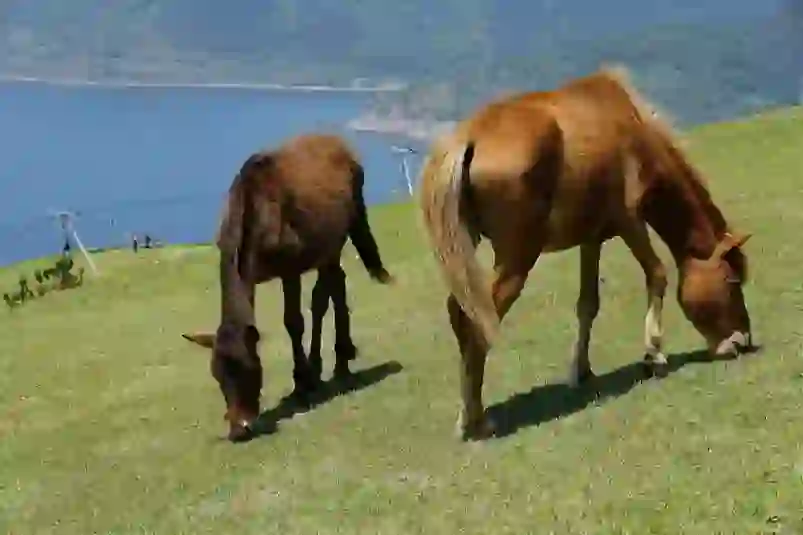
Q,How much do horses sleep in a day?
The sleep time of horses is about 3-4 hours. Horses usually sleep standing up, but they also lie down or crouch to sleep when they are tired. After a race, racehorses sometimes lie down and snore while sleeping.

Q,Sometimes a horse's nostrils swell, but when does it swell?
Unlike humans, who can breathe through their nose and mouth, other mammals can only breathe through their nose. Horses also can only breathe through their nose, so they expand their nostrils to inhale more air when running fast. They also expand their nostrils when surprised and exhale rough breaths.
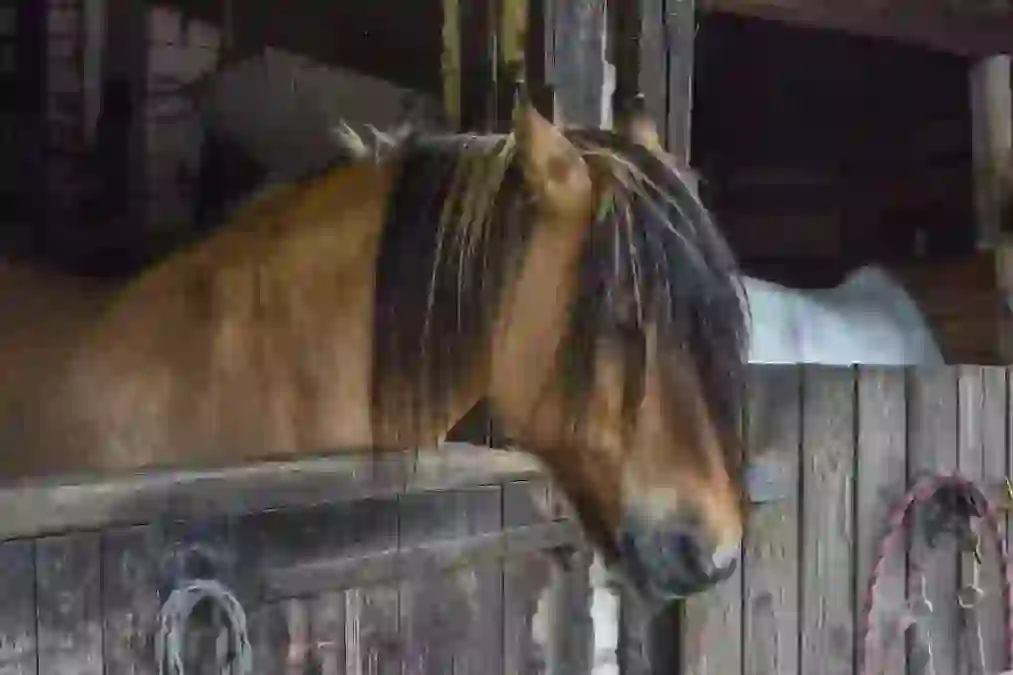
Q,Can horses hear well?
Yes. Horses have very good hearing and are sensitive to sound. Horse ears can rotate 180 degrees and move like radar, allowing them to hear sounds in the direction their ears are facing. This is because horse ears are supported by 10 types of muscles, and they can move their left and right ears separately, changing the direction of their ears freely in three dimensions to hear sounds.
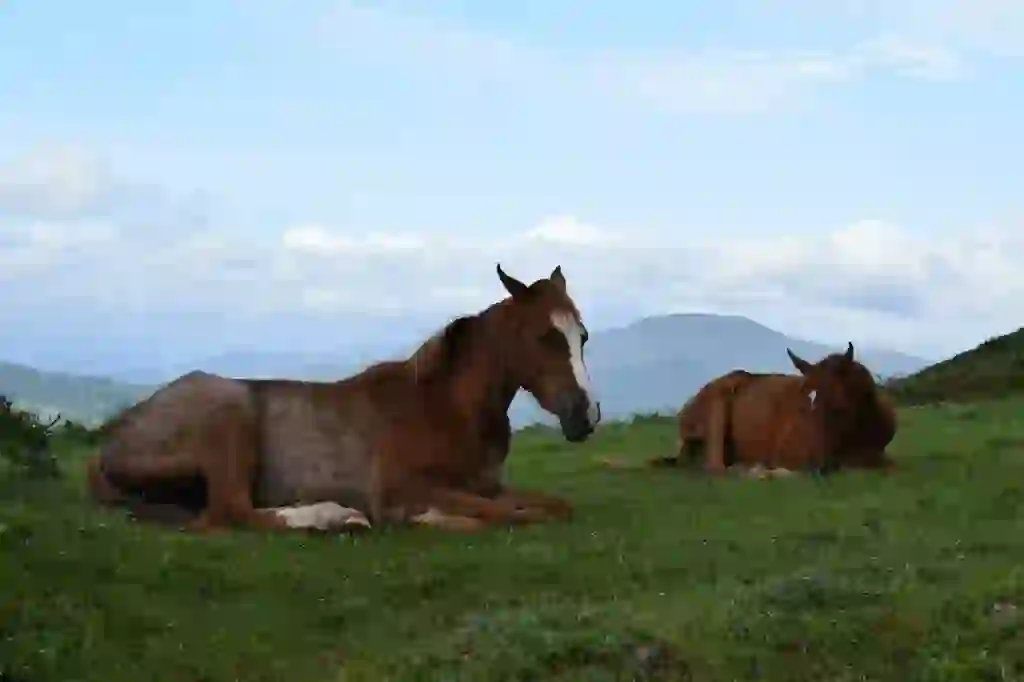
Q,How long does a horse live?
The lifespan of a horse is about 20 years, but some horses can live up to 30 years. However, not all horses can live their full life. After retirement, racehorses can be used as breeding stallions or broodmares to produce offspring, or they can be transferred to riding clubs. Some horses are also euthanized before reaching the end of their natural lifespan.
However, there are many organizations that work to ensure that retired racehorses can live happily after retirement. These organizations retrain retired racehorses and provide opportunities for people to ride them or care for them at ranches and facilities across the country.
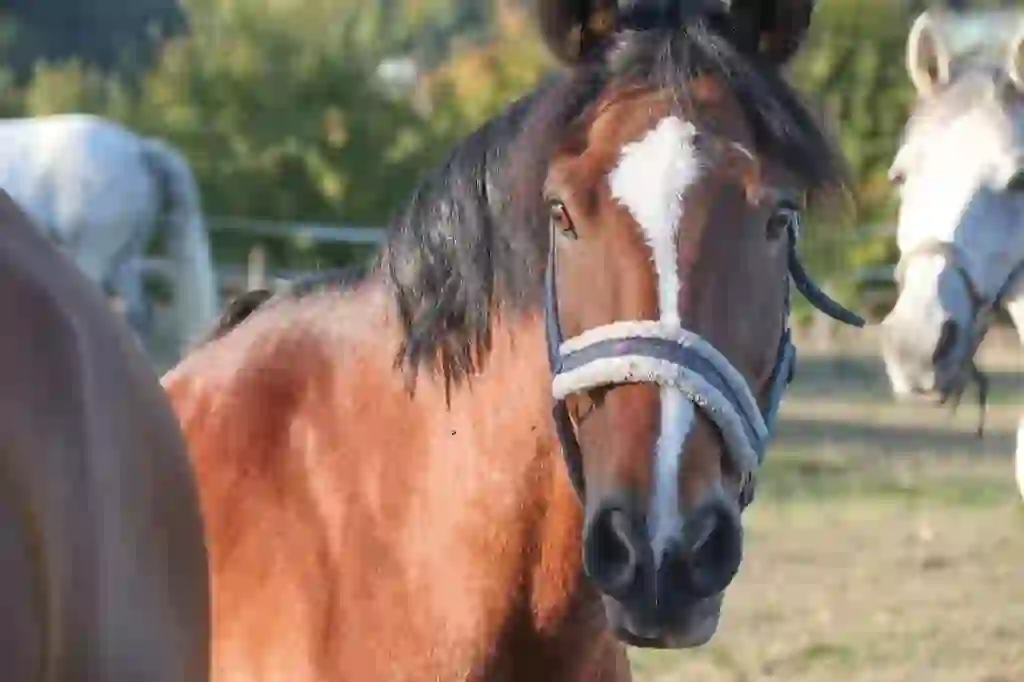
Q,Can you know how a horse feels?
Yes. Horses are emotional animals and express their feelings in various ways. Here are some examples:
・When feeling calm…they point their ears forward. ・When interested in something…they stare intently at it. ・When angry…they move their ears back and forth in opposite directions. ・When anxious…they move their left and right ears in different directions, look around, and make low sounds. ・When showing hostility or vigilance…they narrow their eyes, stick out their mouths, and bare their teeth. ・When happy…they neigh loudly for a long time or swing their tails high and walk lightly. ・When seeking comfort from someone they trust…they narrow their eyes and rub their heads or noses against them. ・When feeling good…they stretch out their noses or narrow their eyes. ・When surprised…they expand their nostrils, exhale rough breaths, or blow nose storms. ・When frustrated…they perform a movement called "pawing," which involves striking the ground with their front legs. They also do this when they want food. ・When feeling high-spirited…they hold up their tails high. ・When expressing fear or submission…they tuck their tails between both hind legs.
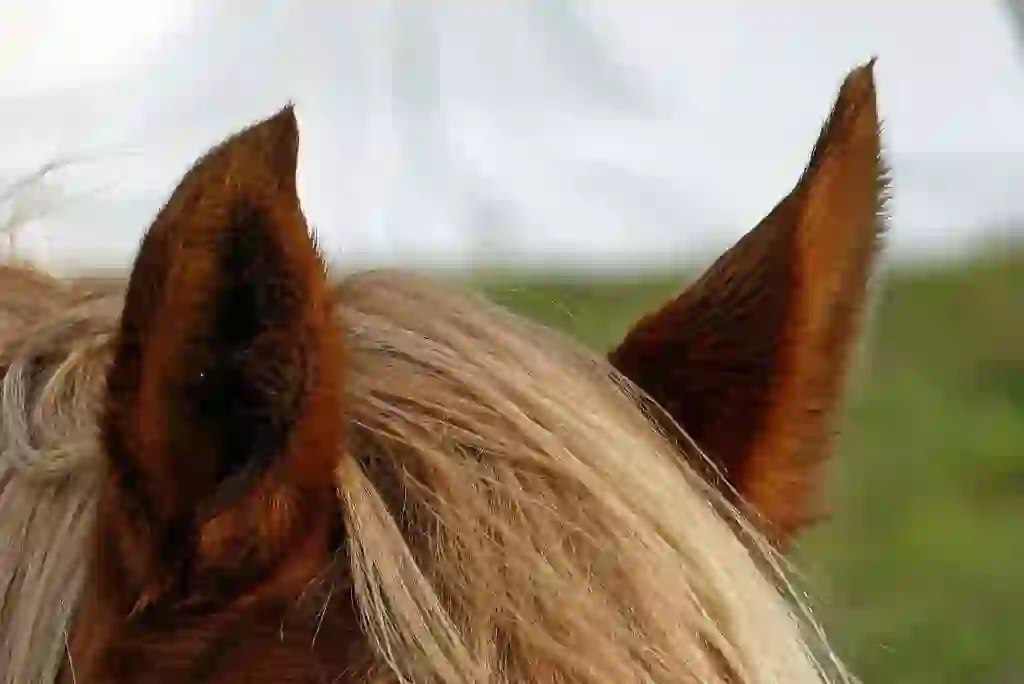
Q,I want to be good friends with horses, but how do I treat them?
When approaching a horse, it is important to be gentle and slow as horses are delicate and easily frightened animals. To make the horse feel safe, it is recommended to approach from the front while speaking in a calm voice and gently stroking its body.
Horses feel more comfortable when they can see the person touching them, so it is best to start by letting the horse smell your hand near its nose. Then, touch the horse’s cheeks or neck, which are lower than its eye level. Horses also enjoy being praised by humans, so lightly tapping their necks can make them feel happy. Horses do not like being touched around their stomachs, and if they show signs of discomfort (such as ears flattened back), it is best to stop touching them. If horses have their ears standing straight up, it means they are interested in the person touching them and will not mind being touched. It is important to avoid standing behind horses as they may kick and cause injury.

Would you like to become a part of the 'Animalbook.jp'?
Turn your knowledge into Q&A and share it with the world. ※Publication will be activated after purchase. Let's share information together!
Horse Type of List
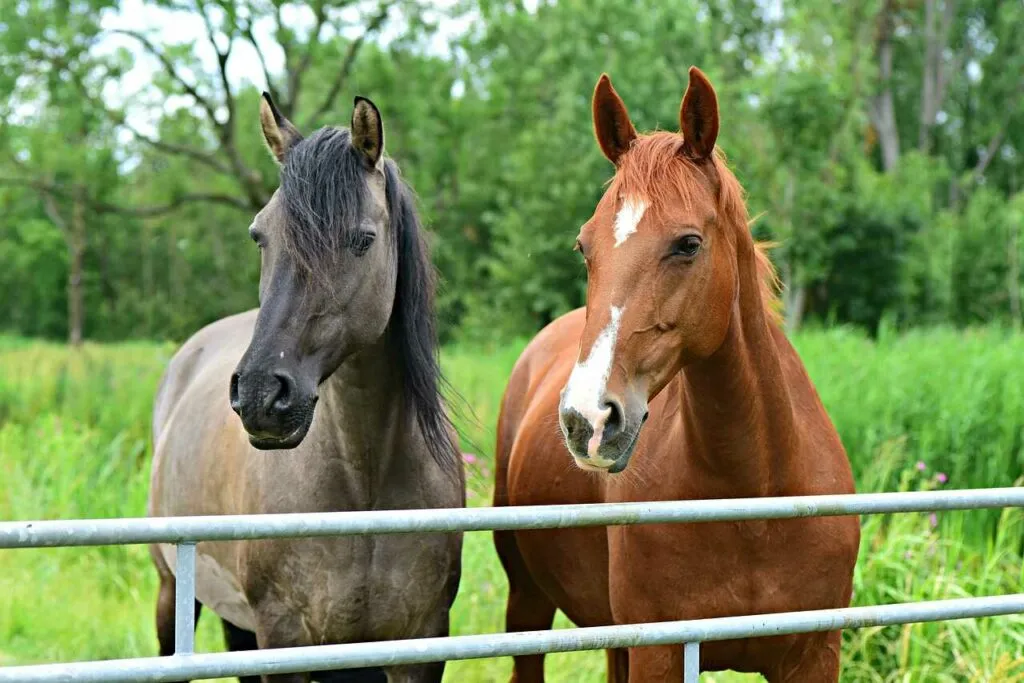
- Horse
Information
Congratulations! You are the first commenter!

Create Your Favorite List!
Horse
Save the animals you love! Build your own list to quickly revisit your favorites later.

Would you like to leave a comment?
※Please note: This is for the purchase of rights to post comments within the article.
Find Your Favorites!
Our shop offers a unique and attractive selection of goods themed around various animals.
Horse References

- wikipediaウマ - Wikipedia
- ダヴィンチニュース https://ddnavi.com/serial/591789/a/
- ウマと人 http://umatohito.com/about.html
- エルミオーレ豊田
- にほんまつ動物病院 奇蹄目vs偶蹄目 https://nihon.matsu.net/nf_folder/nf_mametisiki/nf_animal/nf_animal_kiteirui_guuteirui.html
- 馬を知ろう https://tanintl.com/type_pony.html
- ワールドランチホースクラブ・馬の辞典 http://www.worldranch.co.jp/WRHC/falabella.html
- 生きものナビ https://livingthing.biz/archives/8137
- みんなの乗馬ブログ「みんなの乗馬」ブログ (minnano-jouba.com)
- 馬トリビア https://misawa-horse-park.com/about-horses/
- 馬の豆知識(金シャチ競馬) https://www.nagoyakeiba.com/knowledge/uma/qa18.html
- NPO法人 引退馬協会 https://rha.or.jp/f/index.html
- 天城ホースビレッジ http://www.amagi-horse-village.com/blog2/2191/
Horse Introduction of media used
出典:https://www.pexels.com/ja-jp/photo/4215784/
出典:https://pixabay.com/videos/id-25016/

出典:https://pixabay.com/images/id-4309736/

出典:https://commons.wikimedia.org/wiki/File:Percheron_race_2.jpg

出典:https://commons.wikimedia.org/wiki/File:Baby_appaloosa.jpg

出典:https://commons.wikimedia.org/wiki/File:Hokkaido_Pony.jpg

出典:https://unsplash.com/photos/aBKYaN4c25Q

出典:https://pixabay.com/images/id-2504677/

出典:https://pixabay.com/images/id-3611921/
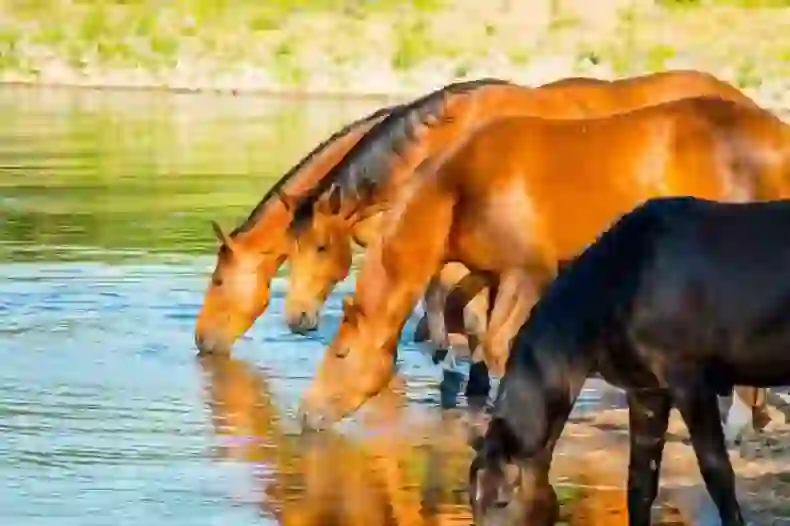
出典:https://pixabay.com/images/id-5356187/

出典:https://pixabay.com/images/id-952688/

other
出典:https://commons.wikimedia.org/wiki/File:FMNH_Hyracotherium.jpg

出典:https://pixabay.com/images/id-5332033/

: 出典:https://pixabay.com/images/id-5213521/

出典:https://pixabay.com/images/id-4494520/

出典:https://pixabay.com/images/id-4640525/
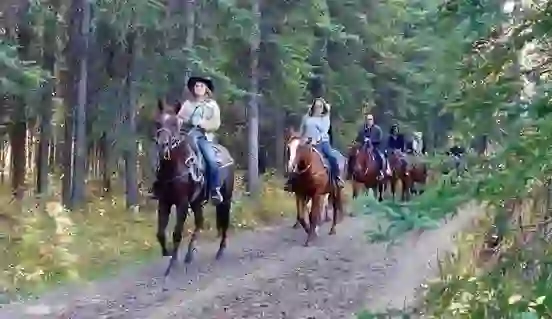
出典:https://pixabay.com/images/id-1935051/

出典:https://pixabay.com/images/id-5149574/
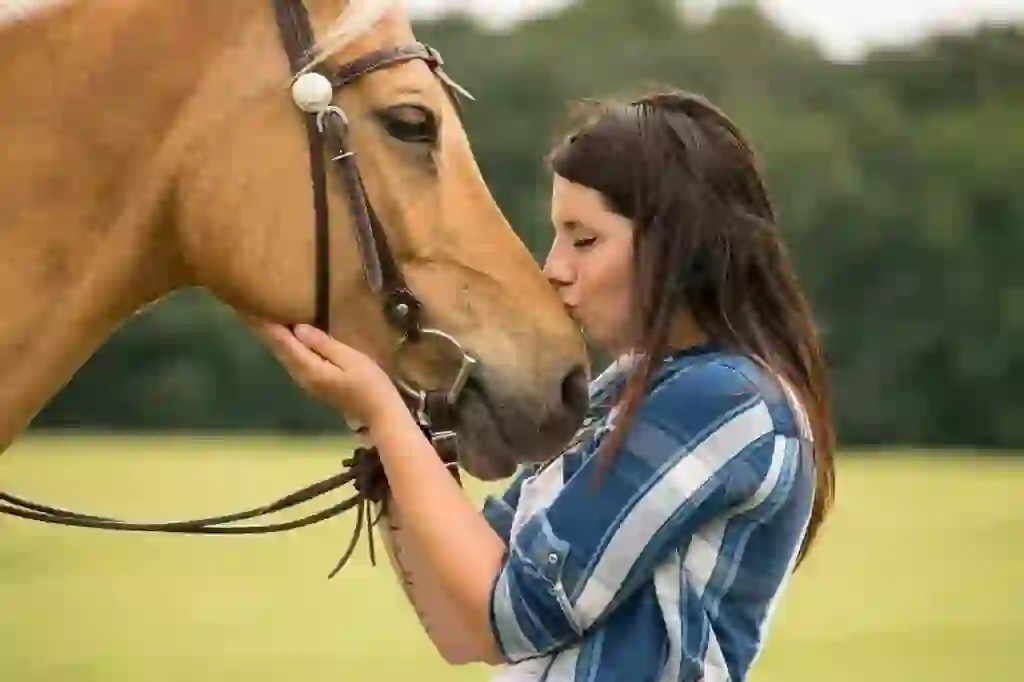
出典:https://pixabay.com/images/id-3449616/

Help Enrich Our Animalbook.jp with Your Media!
We are constantly looking to expand and enrich our Animalbook.jp with amazing photos and videos of animals. If you have any media that you'd like to share, please contribute and help us showcase the beauty and diversity of the animal kingdom. Your submissions will be credited and featured in our encyclopedia, reaching a wide audience of animal lovers.


















